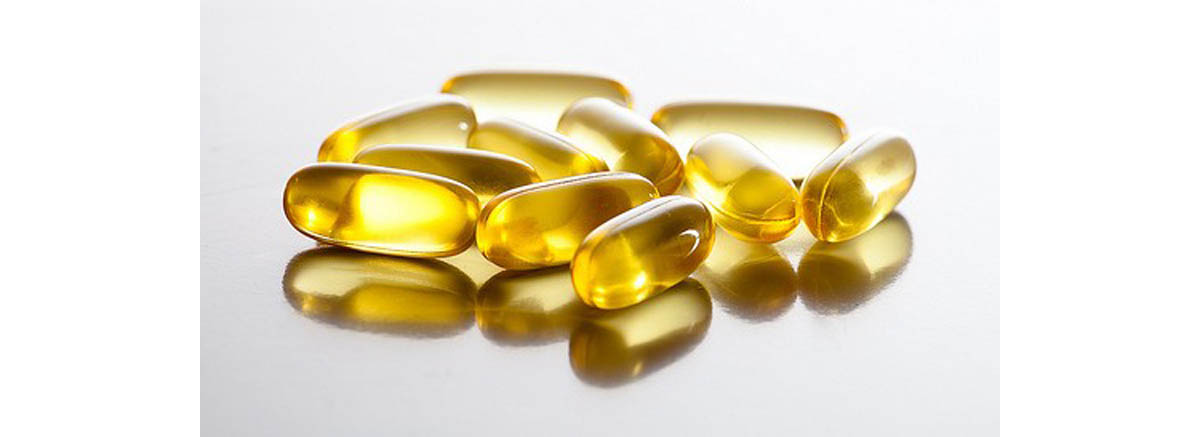Table of Contents
If you have high triglycerides, however, you need to get them under control. Fortunately, that is not a hard thing to do.

First Step: Eat less or exercise more (but if you rely on exercise, you have to exercise a lot more).
The important thing to remember about triglycerides is that they are the storage form of excess calories. If you do not consume excess calories, your body will not store them.
Since triglycerides are essentially a combination of "fat" and "sugar," cutting down on either fat or sugar as you lower your total calorie consumption will help. So will weight-loss dieting. It is not the loss of weight that lowers triglycerides, however, but rather the reduction in food consumption.
If you don't want to cut back on calories, you can always exercise more, but you will probably have to exercise a lot more. Most people who have high triglycerides need to get enough exercise to burn an additional 500 to 1,000 calories a day to make a difference, and that means exercising for hours per day, not minutes per week.
Second Step: Focus on reducing your consumption of carbohydrates.
Nobody stays on a low-calorie diet indefinitely. In fact, it's not even a good idea. Eating fewer calories on some days and catching up on others "fools" the metabolism to stay in high-gear. But when you eat extra calories, get them in the form of protein or fat, not carbohydrate.
Why? The body responds to the sugars released from extra carbohydrates with extra insulin. In turn, insulin activates an enzyme called lipoprotein lipase that "locks in" stored triglycerides in fat. Unfortunately, this enzyme also locks triglycerides in the foam cells that form atherosclerotic plaques in the linings of your arteries.
Low-fat diets usually are not a good idea if you have high triglycerides but normal or lower cholesterol levels. Lowering the fat in your diet lowers your LDL numbers, but if your LDL is not the problem, you do not need to lower it. Low-fat diets can actually make triglyceride levels worse by replacing fat calories with carb calories, triggering the release of insulin.
Third Step: Supplement your diet with fish oil.
Fish oil is not a panacea for cardiovascular disease, but when the fundamental problem is high triglycerides, it usually helps. Fish oil contains omega-3 essential fatty acids that reduce inflammatory processes in the liver. In turn, this enables the liver to clear VLDL cholesterol out of the bloodstream, keeping it from circulating back to the foam cells that would incorporate it into plaques. Fish oil also activates a cellular receptor called peroxisome proliferator-activated receptor gamma (PPAR-gamma), which helps cells in the liver and muscles absorb more glucose from the bloodstream, reducing the amount of raw materials in circulation from which the liver could make triglycerides.
Other healthy fats do not have this particular healing property. Only fish oil lowers triglycerides. It is possible to get your omega-3's from eating fish, of course, but this requires eating about 500 grams (a little more than a pound) every day, which can provide too many calories.
Just how important is it to keep your triglycerides in check? Triglyceride levels over 1000 mg/dl often trigger a potentially life-threatening condition known as pancreatitis. Triglyceride levels over just 150 mg/dl indicate an increased risk of cardiovascular disease, especially when LDL levels are high or HDL levels are low. Even if your total cholesterol and your LDL cholesterol are fine, you may need to change your lifestyle to lower your triglycerides.
- Assmann G, Schulte H. Relation of high-density lipoprotein cholesterol and triglycerides to incidence of atherosclerotic coronary artery disease (the PROCAM experience). Prospective Cardiovascular Munster study. Am J Cardiol. Sep 15 1992.70(7):733-7
- Yuan G, Al-Shali KZ, Hegele RA. Hypertriglyceridemia: its etiology, effects and treatment. CMAJ. Apr 10 2007.176(8):1113-20
- Photo courtesy of oter on Flickr: www.flickr.com/photos/oter/6108414083
- Photo courtesy of BruceBlaus by Wikimedia Commons : en.wikipedia.org/wiki/File:Blausen_0257_CoronaryArtery_Plaque.png

